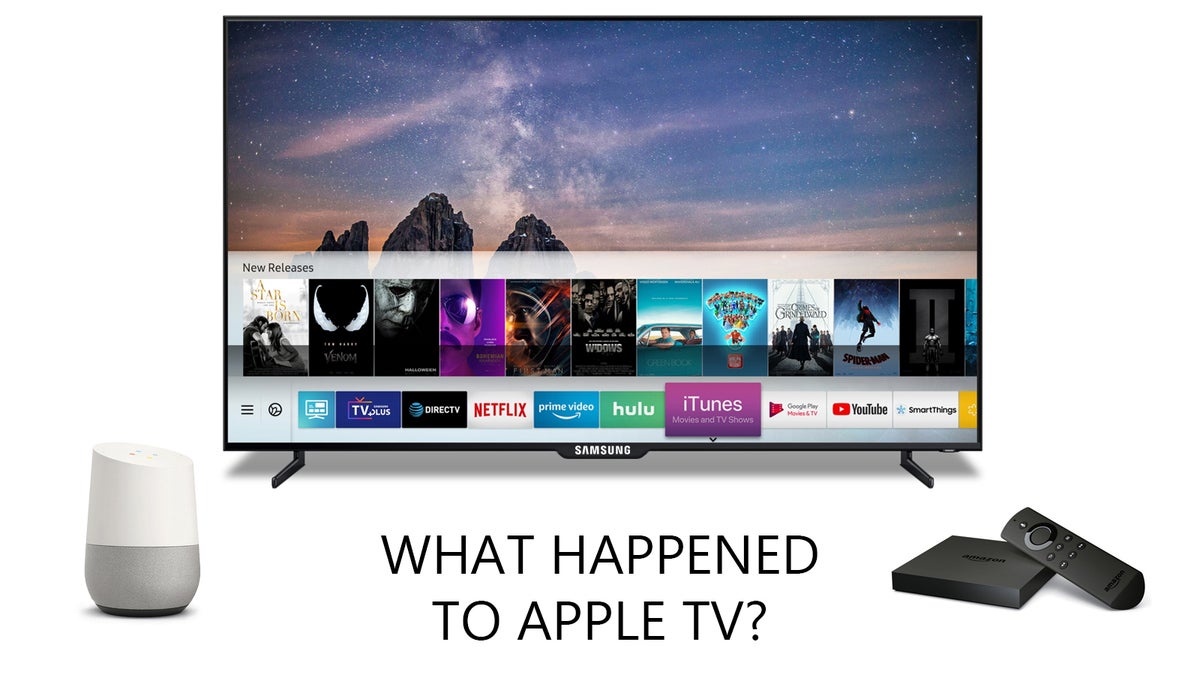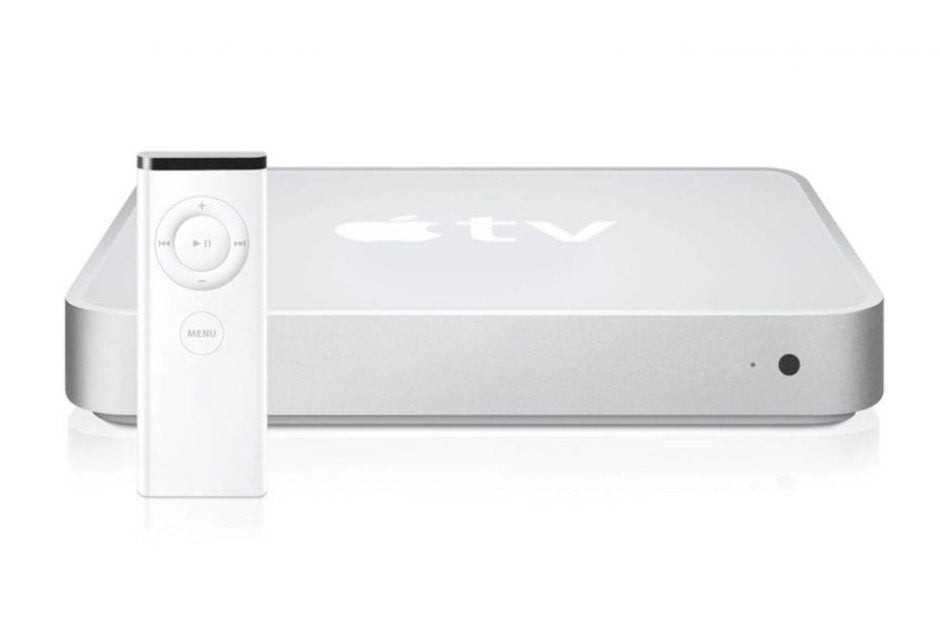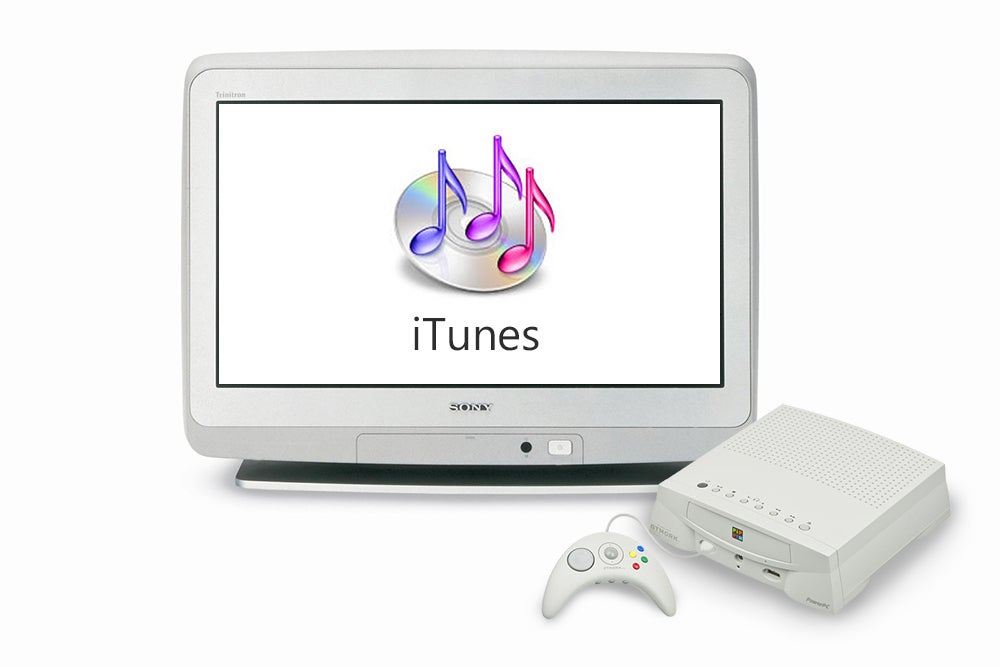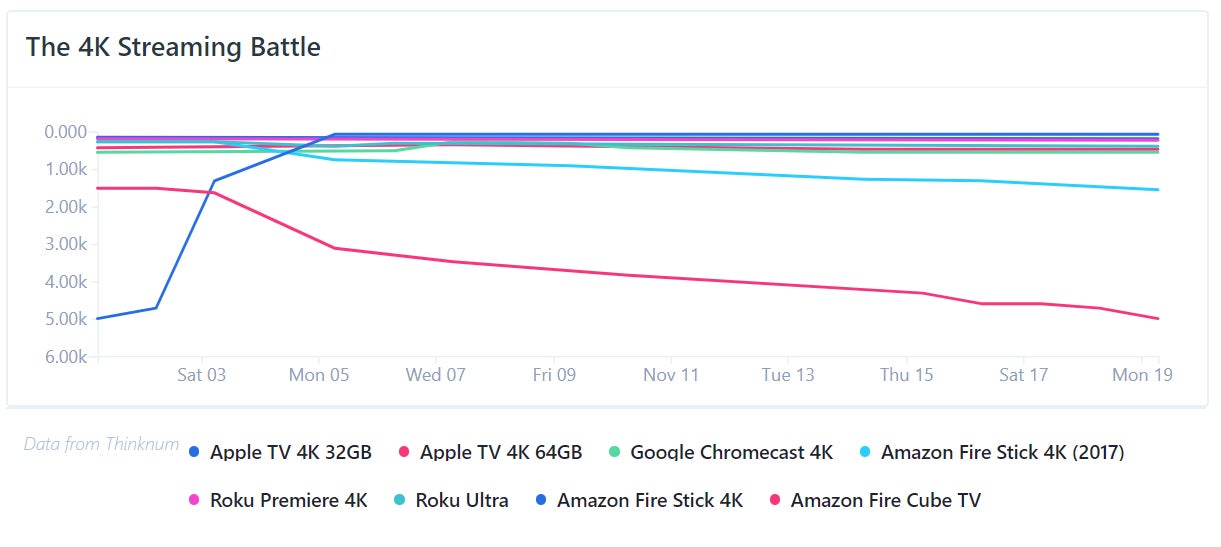Why Apple TV failed to take off (and why that's a good thing)

In the world of tech, thinking ahead is of key importance to success. And for this exact reason, many companies and undertakings have fallen victim to the "too-ahead-of-its-time" trap. Back in the 90s, Apple attempted to kickstart the mobile revolution with the Newton – a revolutionary PDA equipped with a touchscreen that was pushing the boundaries of handwriting recognition on a portable device in 1993. Boundaries which, at the time, were quite narrow. Needless to say, the device failed to achieve its true potential, with one of its biggest features remaining a humorous footnote in tech history.
The Apple Pippin suffered a similar fate. When the company launched this infamous (and endearingly nostalgic) promo video for the Pippin in 1996, it wanted to answer the question on everybody's mind as quickly as possible, "what is the Pippin?" Why, haven't you heard? It's this rad new video game console multimedia player thing from Apple! It connects to the Internet!
And though the Pippin failed spectacularly, the same core idea of a powerful multimedia machine still lives today in the form of Apple TV. And it will live on long after Apple TV is gone.
Apple recently announced something rather surprising – it was opening its walled garden, but not to let someone in. Rather, to release iTunes and AirPlay free into the world. The company revealed that two of the biggest selling features of the Apple TV (for people in Apple's ecosystem anyway) are coming to smart TVs from Samsung, LG, Sony, and Vizio starting this year. And that's great. Enabling more people to do what they want cross-platform is the way to go. And yet, why would Apple do this decidedly un-Apple thing?
What went wrong in the beginning?

In a time before streaming, Apple TV was ahead of its time, but it was also marketed as merely a device that let you view your own media on a TV. Apple also openly called it a "hobby thing." It wasn't priced to match this description, either.
Apple TV has failed to take off in popularity, at least to the extent its creators had envisioned. It was way ahead of its time when it first launched in 2007, but Apple missed a lot of opportunities with its multifarious set-top box over the years. At a critical time, in the wake of streaming, Apple TV was still running a heavily modified version of iOS that was locked to a default set of apps. Provided, Apple covered the needs of the majority of users with proprietary apps for the biggest streaming services, but the likes of Roku, Amazon, and Google were quick to put out more capable devices out on the market that were also priced lower.
It wasn't until 2015, when the 4th generation of the set-top box launched, that it got tvOS – an much more capable operating system based on iOS that allowed developers to easily port their apps. It was also at that time that Apple returned to the idea of marketing the device not as a mere set-top box, but as a gaming machine as well. Thus began Apple's push to gain the attention of developers by heavily marketing the TV as a gaming machine, actively attending every major gaming expo, and pouring money into exclusive titles.
Apple TV's failure as a gaming device

This would have been a... bizarre timeline
Unfortunately, this didn't pan out for Apple. Even with the huge variety that the App Store offers, with the power of Apple's custom CPUs, and with the special remote/controller of the Apple TV — which, in theory, should have been enough — developers were not on board. Last year, Minecraft developer Mojang announced it was pulling the wildly popular world-building game from Apple's TV set-top box, while other developers also expressed concern for the future of the device as anything but a streaming machine. That's rather telling, as Minecraft is currently available on everything. Heck, it recently got its last update on the Nintendo Wii U – a system that's as dead as can be!
Apple's biggest initial mistake when marketing the Apple TV as a gaming machine was to force developers to make their games compatible with the Siri remote, which comes bundled with each unit. On one hand, it made sense, because that eliminated the necessity of buying a separate controller, but on the other it was a very limiting and frustrating experience for developers, who had to make complex games run on a little remote with a touchpad and five buttons. Apple reversed this decision in 2016, but it was too little, too late.
The current state of Apple TV

The sales figures for the 4K Apple TV are actually good
The current, 4K capable Apple TV is actually not doing bad, in terms of sales. Even with its significantly higher price tag, sales numbers from Thinknum indicate that the Apple TV is doing a close second to the Amazon Fire TV in 4K streaming device sales. So, who knows, maybe it will rebound in 2019.
Users who are already in the Apple software ecosystem are likely to buy the Apple TV for iTunes and AirPlay 2, but with the recent announcement that these are coming to pretty much all major smart TV brands in 2019, there's little incentive left to buy the Apple TV. Well, there's the nice, smoothly-performing UI, but little else left to tempt people to drop the extra $100 or so for Apple's set-top box.
Apple TV is priced in such a way that it is more expensive than comparable offerings for streaming devices from other companies, yet lower than dedicated gaming devices (that also have streaming capabilities). The problem is that Apple TV is more a set-top box than it ever will be a gaming machine, which makes the price tag hard to justify.
The future is in services

It's a good thing that Apple is opening its services to other platforms. The company seems to be recognizing that there's more to be achieved in allowing users in different software ecosystems to access its services, rather than locking them to hardware that may or may not prosper in an oversaturated market.
This could be considered a win-win for both companies and consumers – those with many iDevices will still be able to use them in tandem with products from other companies, while those who haven't used Apple services before will be able to try them out without buying an iDevice. It's still early yo say how far Apple would be willing to drop the drawbridge, but it's secret to no one that Apple is working on its own "Netflix" — with high-budget original shows and feature films — that it can only benefit from if its available on as many platforms as possible.
In the end, even if the Apple TV didn't become quite what it could have, it is still a solid platform, albeit more expensive than comparable offerings from other companies. Whether Apple continues to update it or not, two things are certain – first, the current 4K Apple TV will be supported for years to come; and second, Apple's streaming services will be available on many other platforms in the future.
Follow us on Google News












Things that are NOT allowed:
To help keep our community safe and free from spam, we apply temporary limits to newly created accounts: